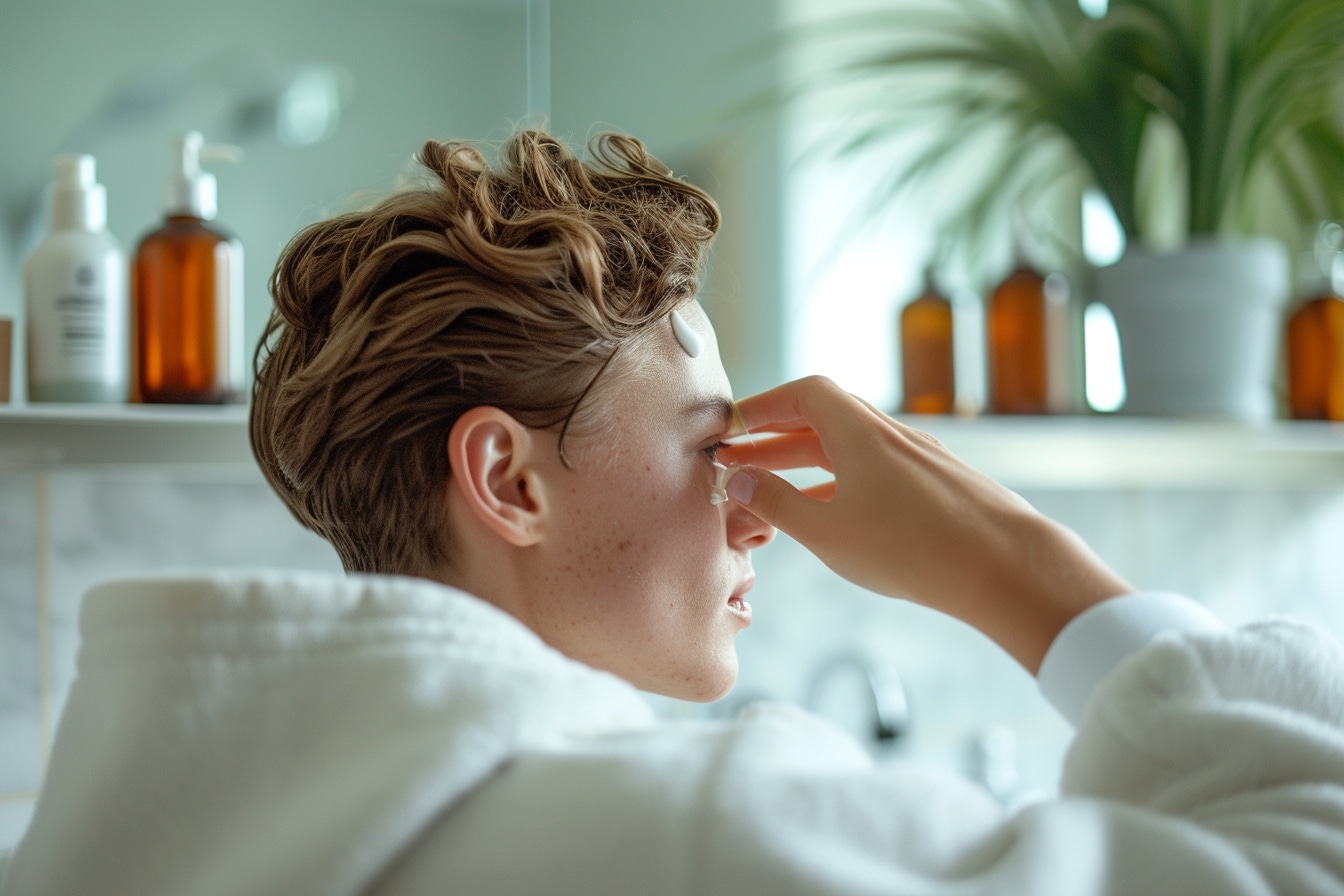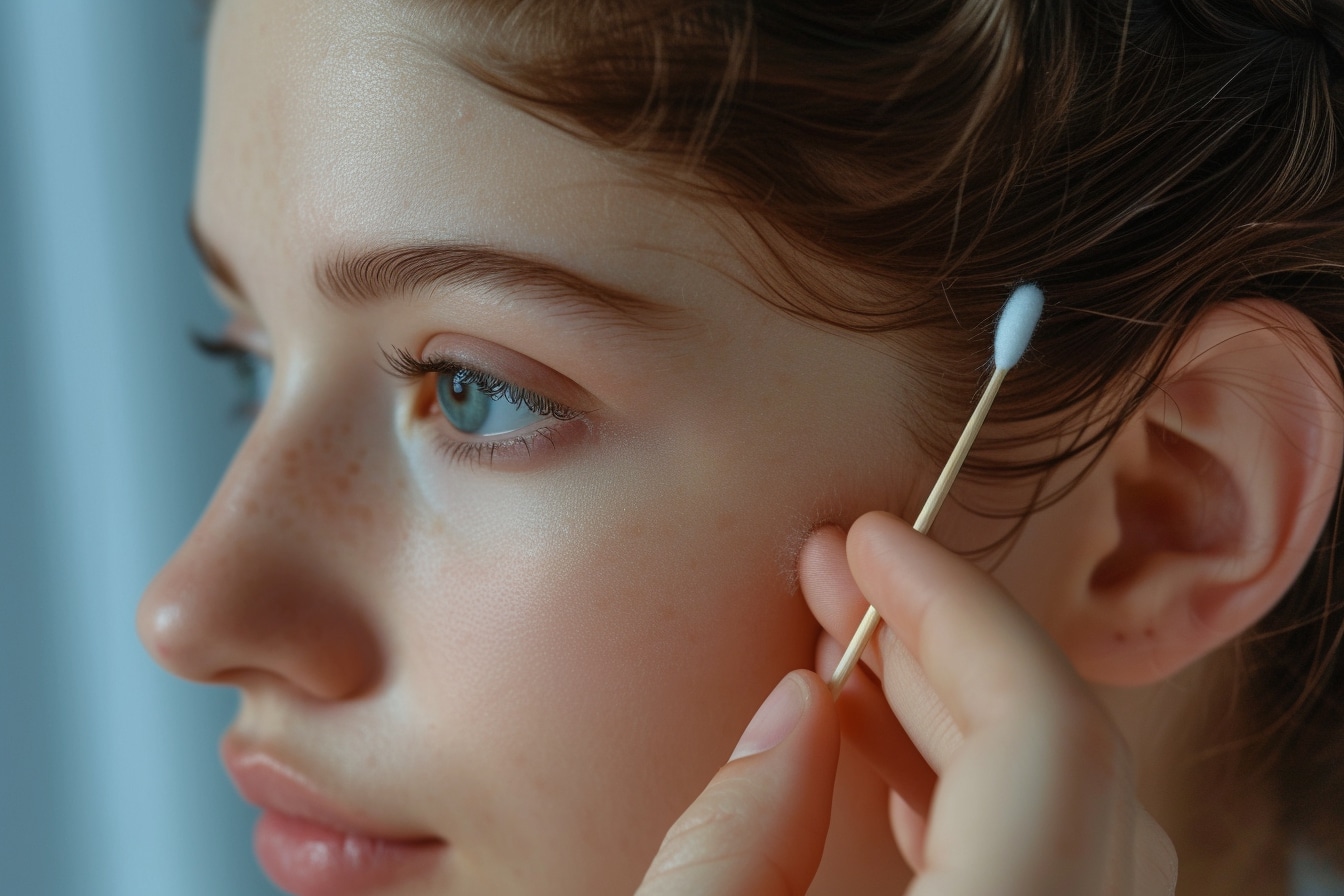Unplugging the Wax: A Safe Guide to Ear Wax Removal

The feeling of a blocked ear can be both uncomfortable and frustrating, and is often the result of earwax buildup. Let’s dive into the gentle and effective methods to dislodge a wax plug, while taking great care of this delicate and vital part of our anatomy.
What is a wax plug?
Before discussing the solutions, it is important to understand the phenomenon. Earwax, commonly known as ear wax, is a natural substance produced by the glands of the ear canal. Its role is to protect the ear by capturing dust and small particles, thus preventing their progression towards the eardrum. Sometimes this substance builds up and hardens, forming what is called a wax plug.
Symptoms of a blocked ear
Recognizing the signs can alert you to the presence of a wax plug. Typical symptoms include decreased hearing, a feeling of fullness in the ear, tinnitus, pain, itching, or even discharge. When these manifestations are felt, it is time to act with caution.
Methods for dissolving a wax plug
Using ear drops
Ear drops, available in pharmacies without a prescription, are often formulated with mineral oil, glycerin or hydrogen peroxide. They act by softening earwax, which facilitates its natural expulsion. To use them correctly:
- Lie on your side with your ear plug facing up.
- Apply the recommended number of drops.
- Stay in this position for a few minutes to allow the product to penetrate.
- Repeat if necessary for several days.
Ear irrigation
This technique involves using lukewarm water to rinse the ear. It must be carried out delicately to avoid unnecessary pressure on the eardrum. Special kits are sold to carry out this operation safely. However, it is advisable to consult a health professional if you are not comfortable with this method.
Use of natural oils
Natural products like olive oil or sweet almond oil can also help soften a wax plug. These oils are used in a similar way to commercial ear drops and require the same caution in application.
Precautions and Warnings
It is essential to remember that internal cleaning of the ear must be done with extreme caution. Absolutely avoid cotton swabs which could push the plug further or damage the eardrum. If you experience persistent discomfort or hearing loss, contacting a healthcare professional is imperative.
A visit to the audiologist or otolaryngologist may be necessary for recalcitrant situations. These specialists have the right tools and the skills to remove a blockage without risk.
Importance of regular monitoring
Preventing wax plugs is based on regular monitoring of ear hygiene. Observing a routine of cleaning the ear pinna and the area around the entrance to the ear canal with a damp cloth is often sufficient to maintain good hearing health.
Should you clean your ears regularly?

Excessive cleaning can disrupt the natural process of expelling earwax and encourage the formation of blockages. Self-cleaning of the ears is an effective mechanism in most individuals, involving little to no human intervention.
In summary
Removing a wax plug in the ear is not complicated if you follow the right methods and take the necessary precautions. Whether ear drops, irrigation or gentle oils, gentleness is the key word. When in doubt, wisdom dictates opting for a medical consultation. Taking care of your ears helps preserve the invaluable sense of hearing.
The information provided here is intended to enrich your understanding of the subject but in no way replaces the advice of a specialist. For any hearing problem, it is strongly recommended to consult a professional. So, by treating the problem correctly, you will find hearing comfort and clarity.
Comments
Leave a comment